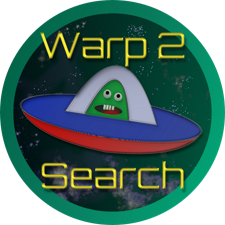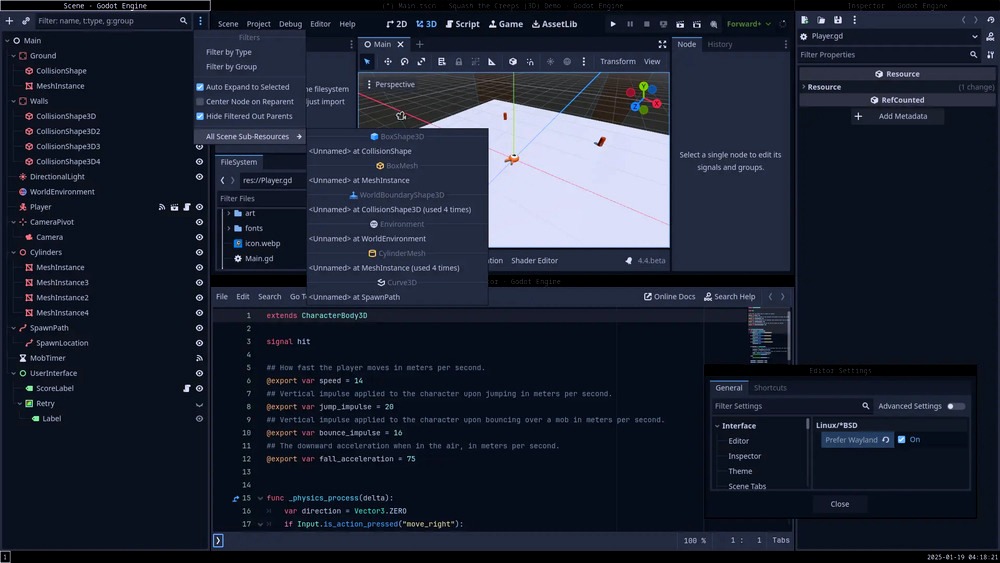Another significant update is the ability to export variables as Variant types, providing users with greater flexibility. The introduction of stackable outlines on Label elements allows for more sophisticated text effects without cumbersome layering of text objects. The renderer has also seen improvements, including enhanced specular occlusion from ambient light and various core updates, such as better Zip module support and debugging fixes for typed dictionaries.
The release also includes updates for the Android platform, featuring annual version bumps and improvements to video RAM profiling. Users are encouraged to provide feedback and report bugs while testing these new features.
Following the recent GodotCon, where highlights and talks were shared, the development team is looking forward to further refining Godot 4.5. For those interested in exploring the new features, the dev snapshot is readily available for download, and users can also try out the Web and Android editors.
In summary, Godot 4.5 Dev 4 marks a significant step forward for the engine with enhancements across platforms and features, reinforcing the community's commitment to continuous improvement and user experience. The collaborative efforts of numerous contributors have resulted in 261 fixes, showcasing the active development and community involvement in the Godot project.
As Godot continues to evolve, future updates are anticipated to bring even more powerful features and refinements, maintaining its status as a leading open-source game engine. Users are encouraged to stay engaged with the development process and participate in upcoming testing opportunities
Godot 4.5 Dev 4 released
The fourth test version of Godot 4.5 is now available, bringing new features like support for embedded windows on macOS, moving 3D physics interpolation to SceneTree, the option to export variables as Variant, stackable outlines on Label, specular occlusion from ambient light, and improvements to the renderer.
Users of macOS have shown a keen interest in integrating their windows within the editor; however, this functionality is specific to the operating system and involves low-level implementation. Stuart Carnie implemented this feature in GH-105884, which operates differently from the implementations on Windows and Linux. The updated architecture for 3D physics interpolation effectively resolves the issue by transferring all logic to SceneTree while preserving the current API.


